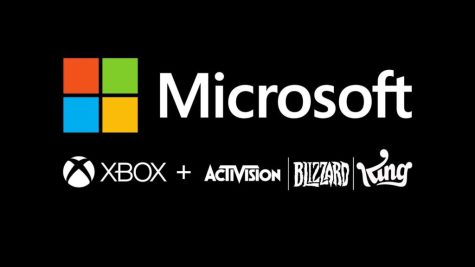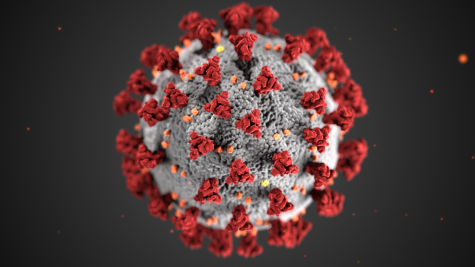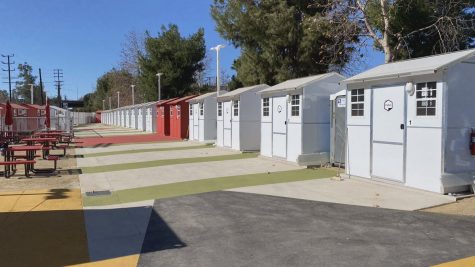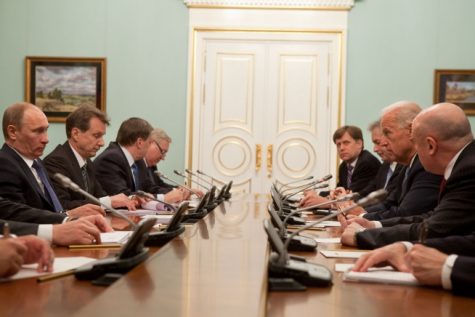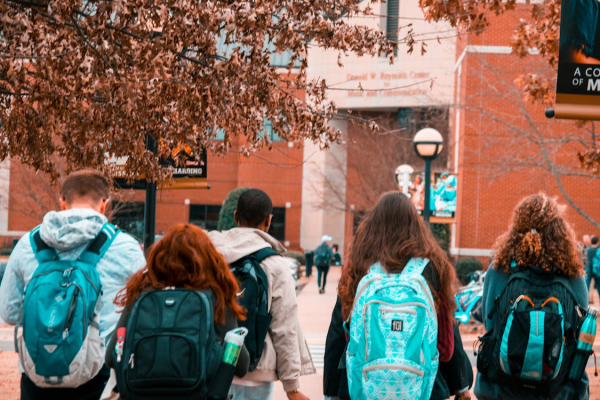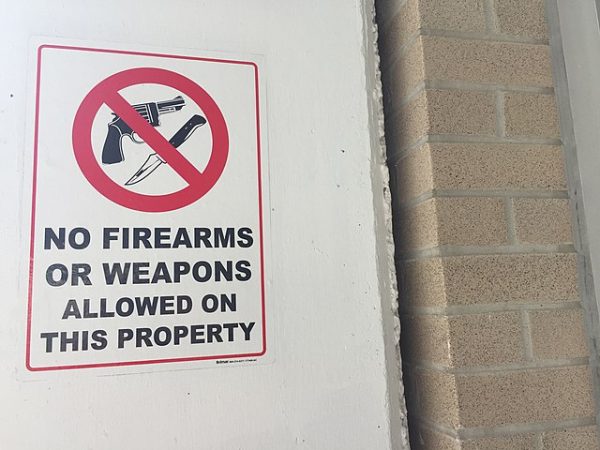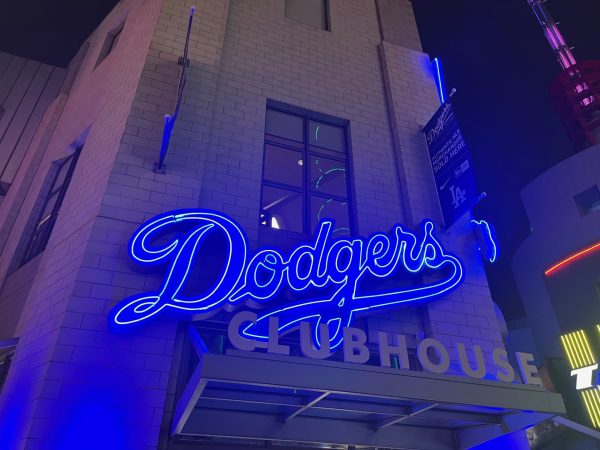Los Angeles’ Reopening Process
As the spread of coronavirus has begun to slow in many places in the U.S., states have begun the process of reopening. In Los Angeles, the County Public Health Director Barbara Ferrer said on May 12 that the stay-at-home order would last until July. Stay-at-home orders require that non-essential workers must stay home except for essential things like getting groceries or medicine. On May 13, Los Angeles Mayor Eric Garcetti also ordered that everyone wear face masks when not in their home except for children under 2 years old and those with certain disabilities. However, Mayor Garcetti has decided to begin allowing certain businesses to reopen as the rate of new cases has begun to slow.
Slowly businesses and other things have been reopened in Los Angeles but there are still many restrictions that these places must follow. On May 8th, florists, toy stores, music stores, bookstores, clothing stores, shoe stores, and sporting goods stores were allowed to open with curbside pick-up and people must wear face coverings. On May 9th, golf courses, parks, and trails were reopened but people must wear face coverings and social distance when there. On May 13th, beaches were opened for any activities where people aren’t lingering in the same place for too long. For example, swimming, walking, and surfing is allowed but sunbathing, having a picnic, and playing volleyball is not. Businesses in malls are also able to open for delivery and curbside pickup.
On May 20th, Mayor Garcetti started the initiative Slow Streets L.A. which is trying to ensure that people in Los Angeles have space to walk, run, and bike in neighborhoods. This initiative has banned people from having gatherings that involve physical contact like playing games or barbecuing. People must always stay six feet apart and wear face masks when gathering. On May 26th, Mayor Garcetti announced that small retail stores would also be allowed to open. This is being done to help these smaller businesses compete with bigger stores like Target and Costco. Places of worship are also allowed to open but they can only have 25% of their normal capacity with a limit of 100 people. On May 29th, hair salons and barbershops were allowed to reopen, but everyone must wear a mask. Dine-in service at restaurants were also reopened but can only have up to 60% of their total capacity. More businesses are sure to be allowed to reopen soon when it is safe for them to do so but as Mayor Garcetti said, “We all have to all recognize that we’re not moving beyond COVID-19, we’re learning to live with it”.
Since the White House released its plan for states to begin reopening almost every state has at least had some areas reopening. The plan requires that states have a decline in the percentage of new cases for 14 days and requires that states be prepared to do things like However, many states have begun opening too early according to experts. On May 6th, Caitlin Rivers from the John Hopkins Center for Health Security told Congress in a hearing that none of the 31 states opening at the time met all the requirements to reopen. Governors and mayors will need to be careful during the reopening process to ensure that people are as safe as possible.
The next school year will likely also be drastically affected by COVID-19. On May 27th, the Los Angeles County Office of Education released guidelines on how schools should run this next school year. Although many schools may go fully online for at least part of the year, others may choose to reopen. For these schools the LACOE suggests measures such as maintaining social distancing of six feet whenever possible, everyone wearing face coverings, and decreasing the number of students in a classroom at the same time. These will all help to reduce the spread of COVID-19. Even though these things may feel inconvenient they are important for keeping students and their families safe.




